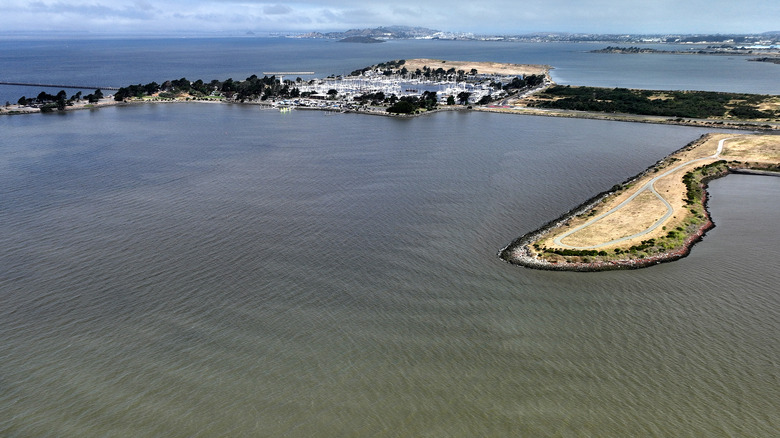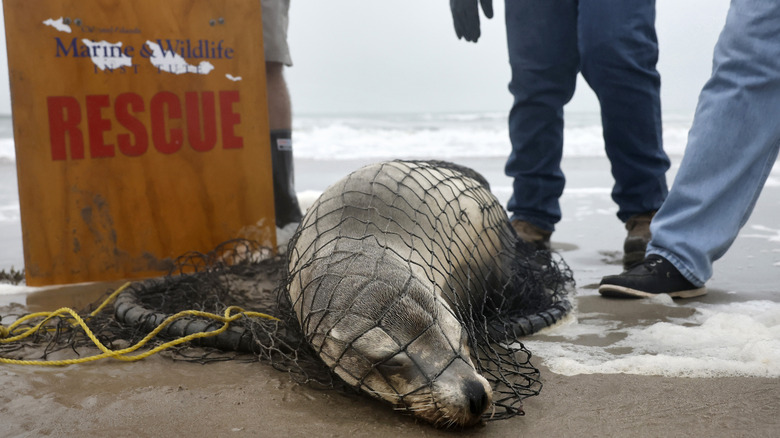It might be obvious to protect yourself from sharks while swimming at the beach, but lately, another ocean-dwelling animal has beachgoers on high alert. Along the Southern California coast, reports of aggressive, erratic sea lion behavior have surged, and experts say toxic algae is to blame.
These so-called “demonic sea lions” aren’t suddenly turning evil. It’s actually domoic acid, a neurotoxin produced by harmful algal blooms, that’s warping their brains. The toxin builds up in the fish that sea lions eat, which can cause seizures, disorientation, and unusually aggressive behavior. One surfer said a sea lion lunged at him in the water and dragged him off his board. In another attack, a 15-year-old swimmer was bitten multiple times before being pulled to safety.
From February through March, at least 195 sea lions were treated at the Marine Mammal Care Center in Los Angeles, according to the BBC. That’s nearly quadruple the number during the same period in 2024. Many sea lions recover with medical treatment, but others don’t make it — in fact, the odds are 50% to 65% if they are treated right away. While these attacks are rare, people would be wise to stay out of the water during algae bloom events, especially in areas with marine wildlife. The waters may look calm, but a sea lion poisoned by this neurotoxin may not behave like the playful flippered friends we’ve seen at the pier.
Toxic algae blooms are happening more often
Toxic algae blooms are a natural event that used to happen every four to seven years. However, toxic algae blooms have occurred off the California coast for several consecutive years now, and the frequency is related to upwelling of nutrient-rich water from the deep sea and warmer temperatures attributed to climate change. Another expert from the Wetlands and Wildlife Care Center, Debbie McGuire, told the LA Times that she believes runoff from the recent devastating wildfires also contributed to the bloom.
Aside from looking kind of gross, toxic algae blooms threaten marine ecosystems. While domoic acid poisoning doesn’t pose a direct threat to humans through water contact, it can wreak havoc on marine life, particularly predators like sea lions and dolphins that eat fish contaminated with the toxin. Domoic poisoning can cause lethargy, confusion, and sometimes violent outbursts. If you’re in the water when that happens, you might end up at the wrong end of a sea lion’s jaws.
To stay safe at the beach, experts say to report any wildlife behaving strangely, such as approaching humans or acting lethargic or aggressive — also, keep your distance to stay out of harm’s way. They also say to be more mindful of fertilizer use, which can make its way to the ocean and increase nutrient levels that contribute to uncontrolled algae growth. For now, travelers may want to consider visiting some of the best West Coast lakes for swimming instead, at least until this bloom calms down.



